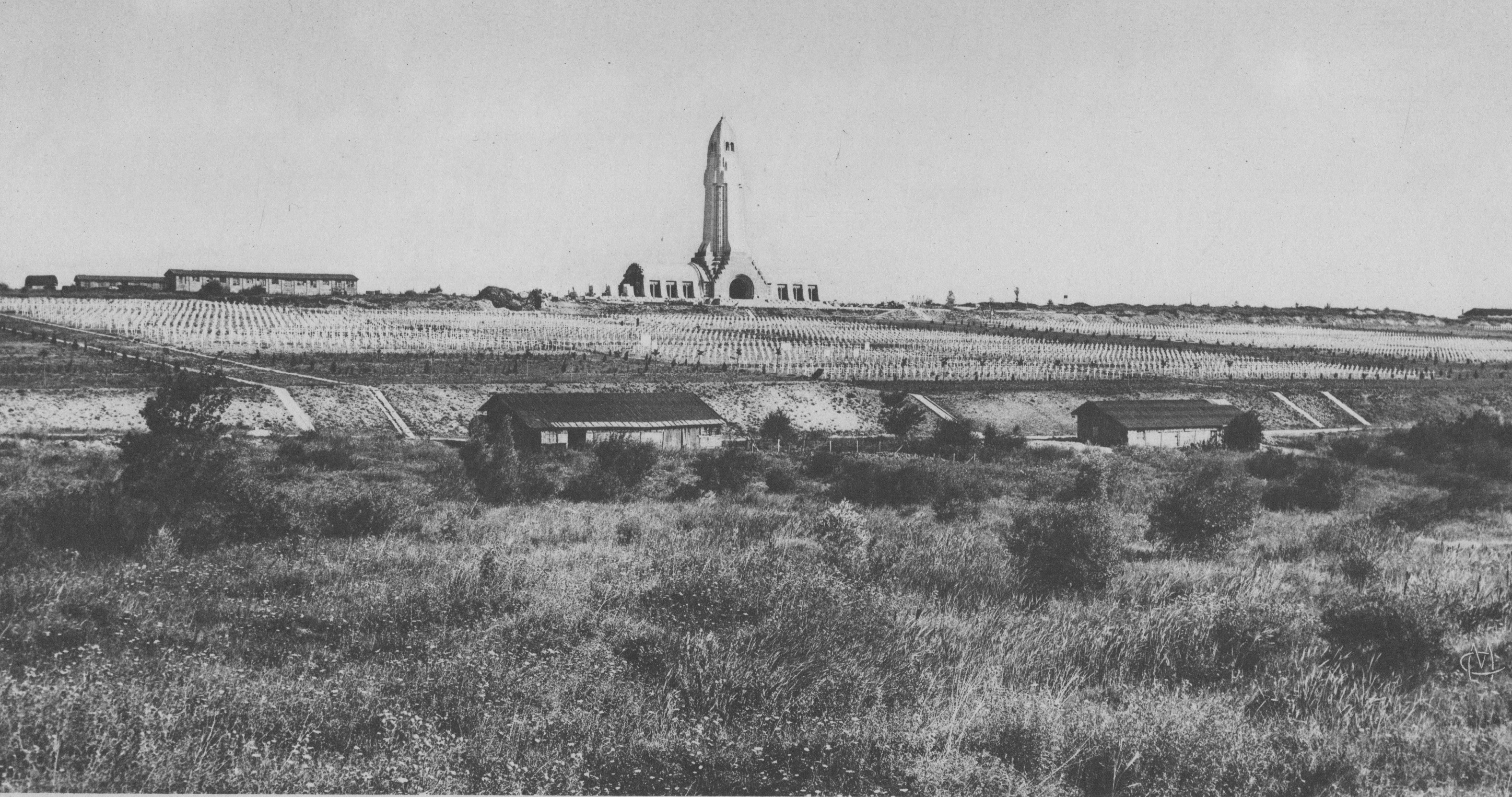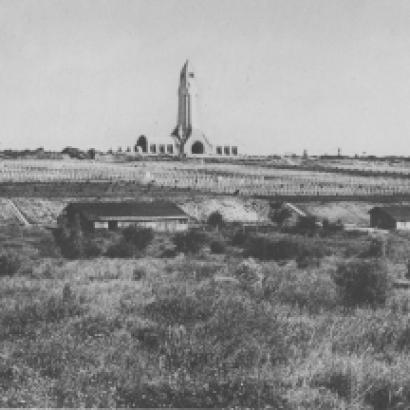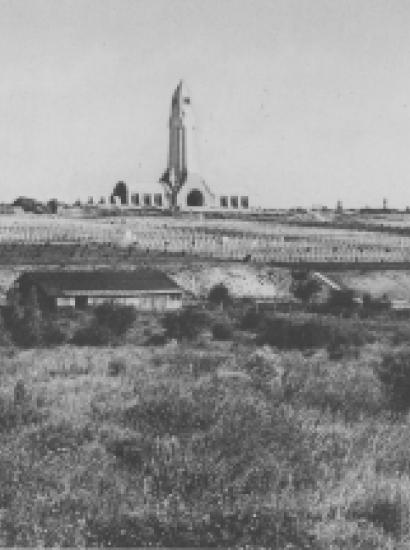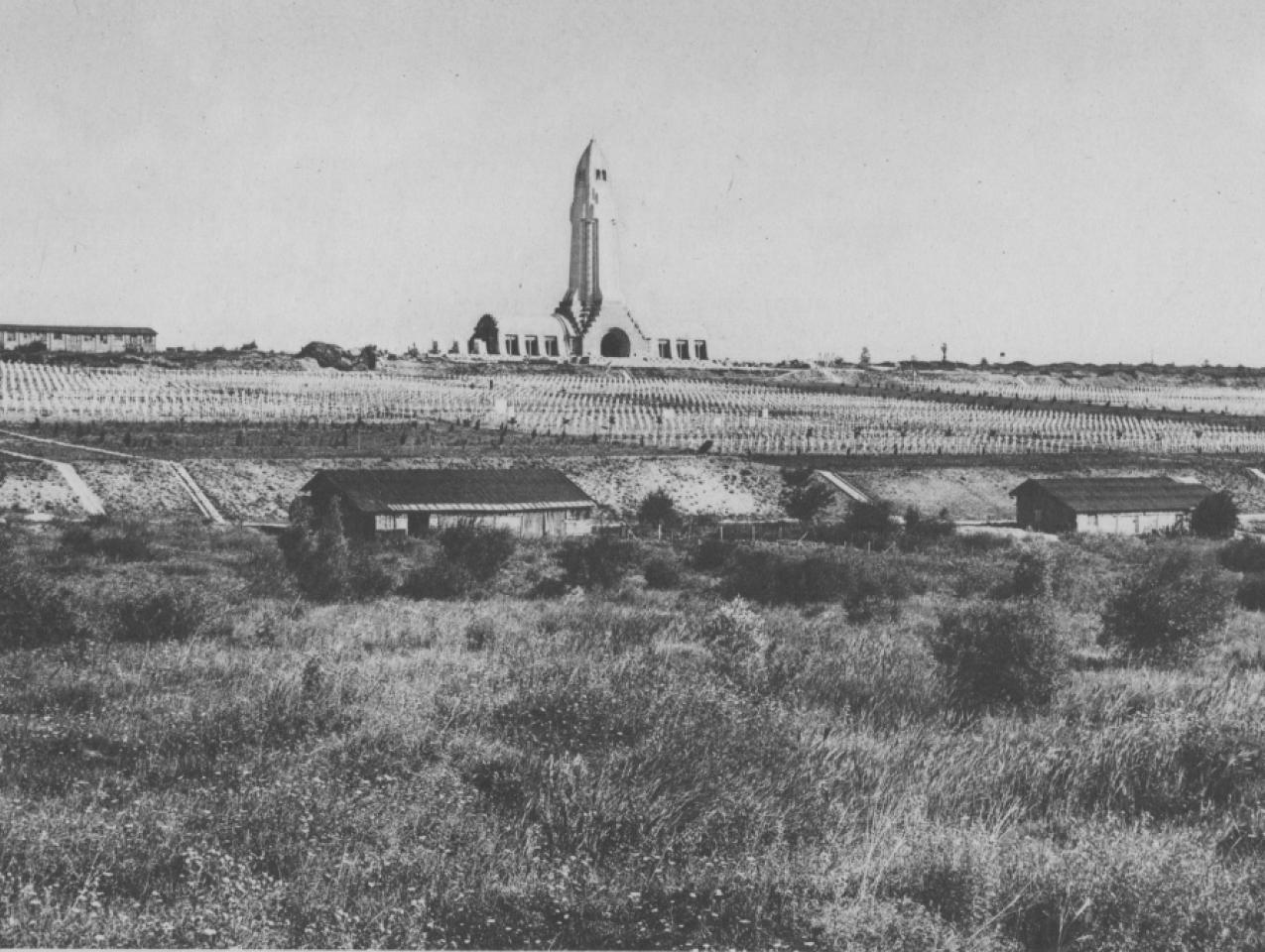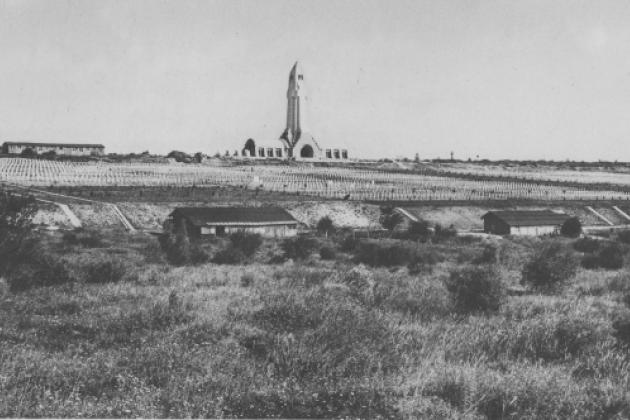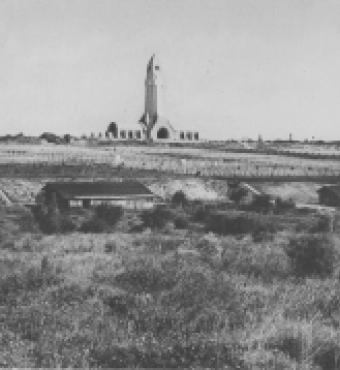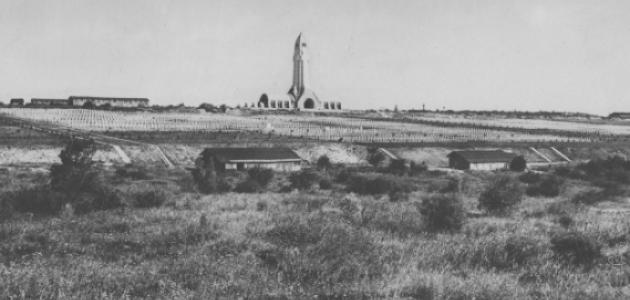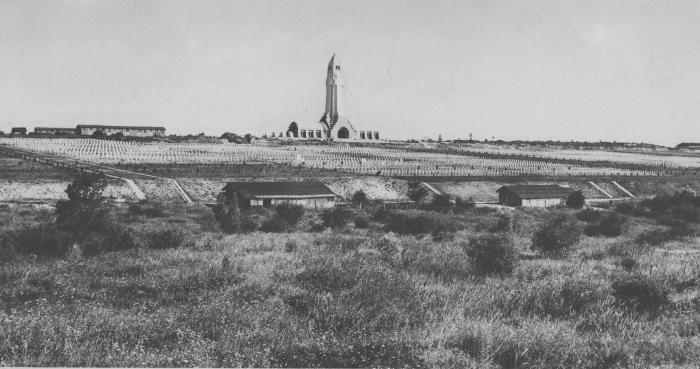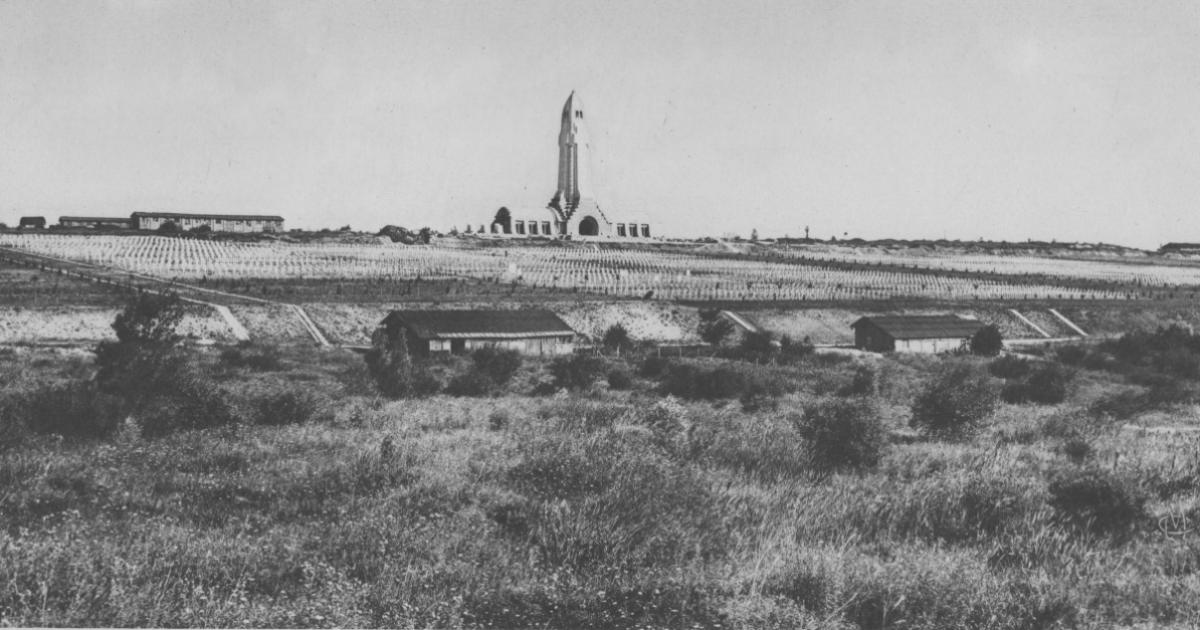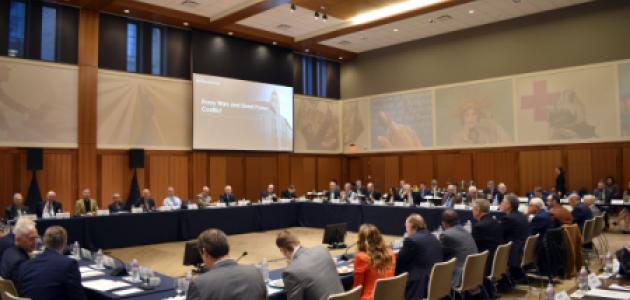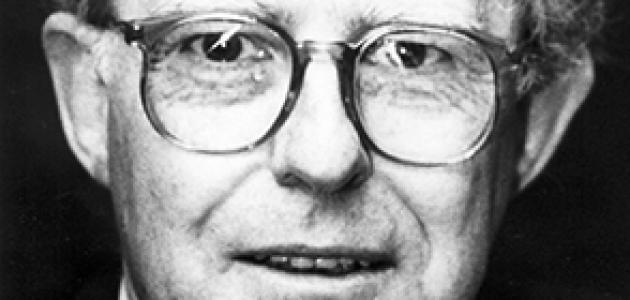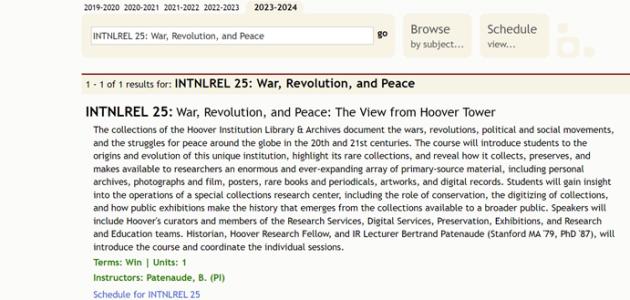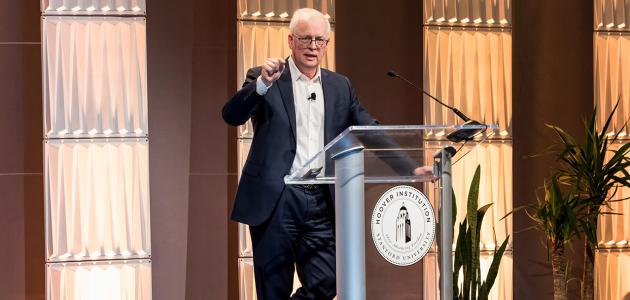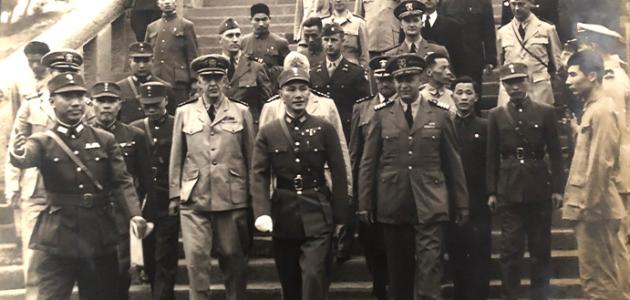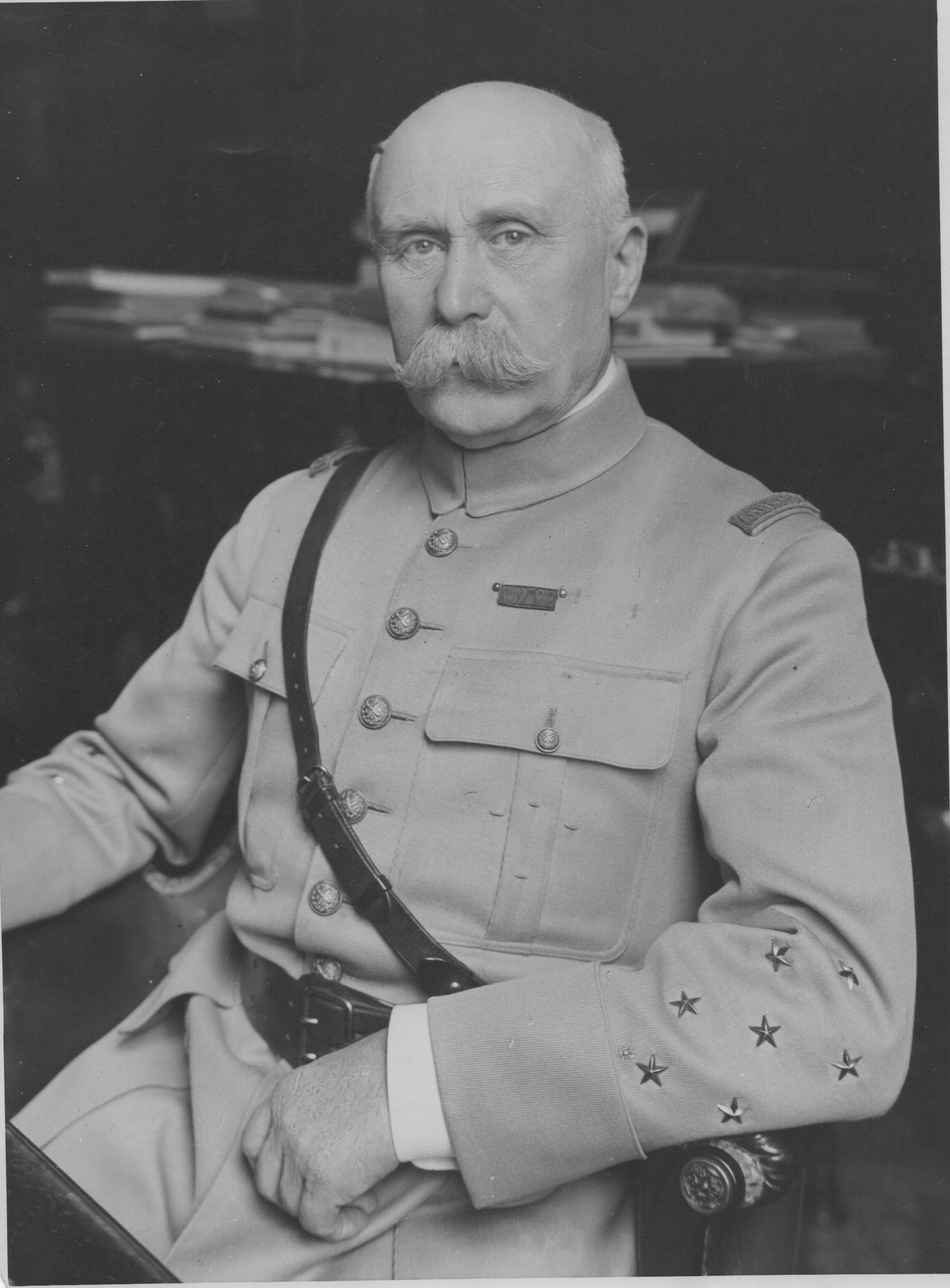
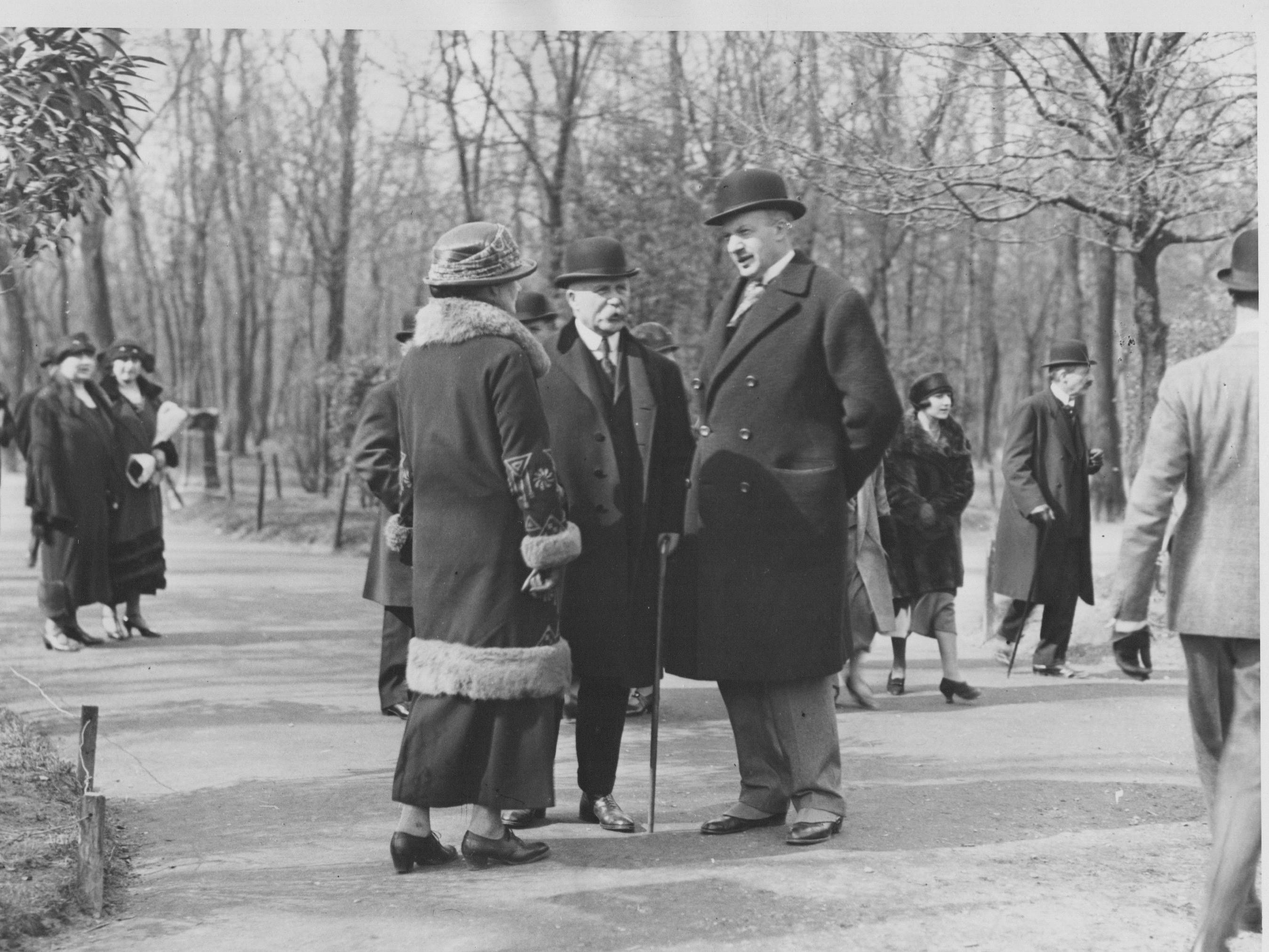
Hoover Archives has acquired a collection of 830 photographs related to the life and career of Philippe Pétain (1856-1951), who was Marshal of France during World War I and Chief of State of France's Vichy government during World War II.
Philippe Pétain’s role in French history is a mixed one. A national hero in stopping the German onslaught during World War I, the “Lion of Verdun” was discredited and sentenced to death for his role as the head of the French collaborationist government in Vichy in World War II. The sentence was commuted to life imprisonment by Charles De Gaulle, the president of the Provisional Government of the French Republic, because of Pétain’s advanced age and his military contributions in World War I. He died in 1951, at the age of ninety-five, in Fort de Pierre-Levée citadel on the Île d’Yeu, a small island off the Vendée coast of western France. In 1973, the Marshal’s coffin was stolen from the island’s cemetery by extremists who demanded that President Georges Pompidou agree to his being interned in the grave prepared for him many years earlier in the resting place of his soldiers fallen in the battle of Verdun, the Douaumont cemetery (featured in the photograph above). The coffin was recovered a few days later, and Marshal Petain was reburied - once more on Île d’Yeu but this time with a presidential wreath on his casket.
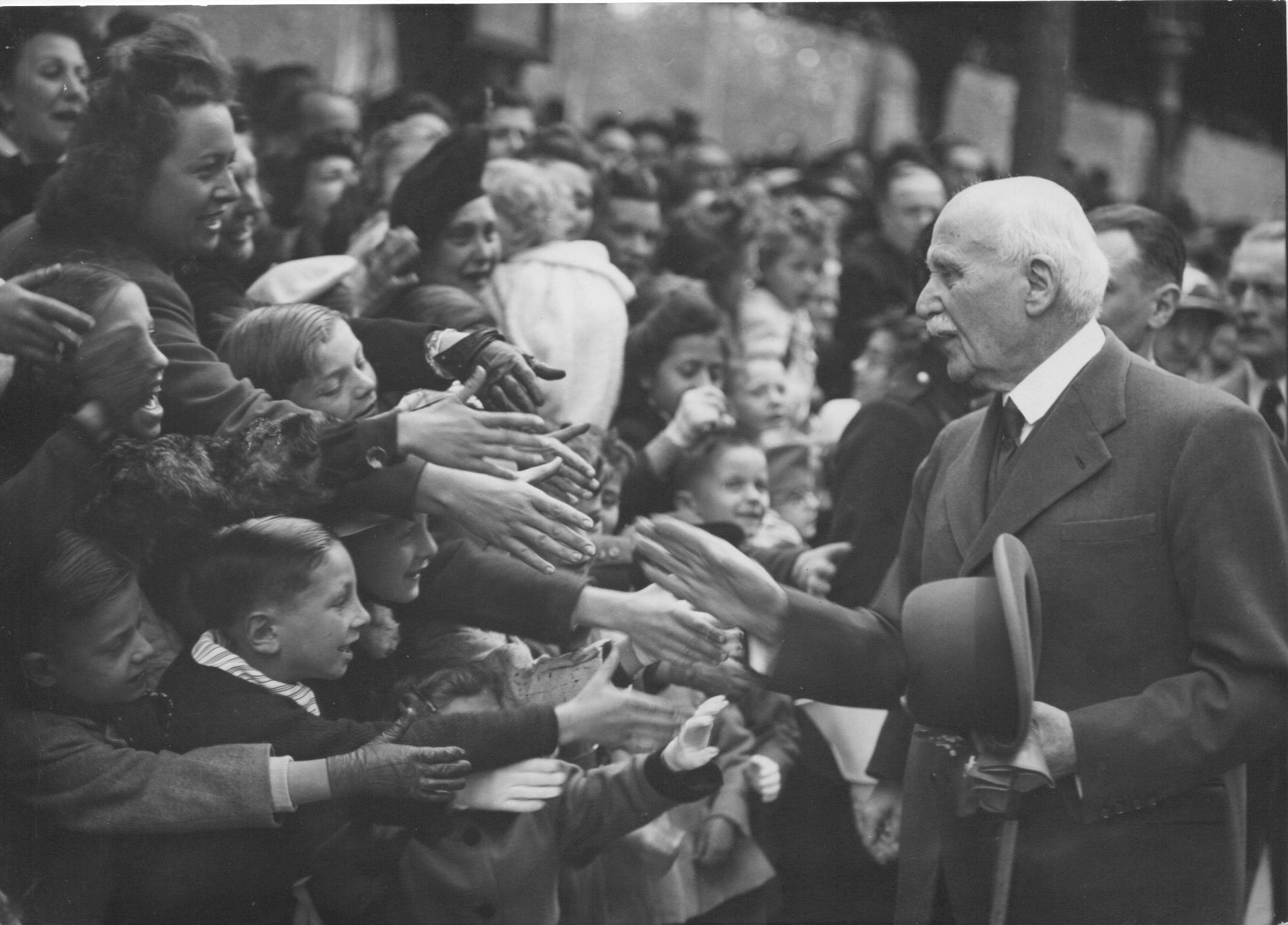
The 830 photographs of the Pétain collection were once owned by the marshal’s wife, Annie, born Alphonsine Eugénie Hardon (1877−1962). Many of the photos have been annotated by her. The collection is divided into three broad subject categories: the first group includes original photos of Annie Pétain and her family and friends; the second group pertains to the marshal during the interwar period, when he was a celebrated war hero. Those photos record various celebrations, funerals, and meetings with foreign royalty and statesmen in France and during trips abroad. Photos of Lloyd George, Józef Piłsudski, John Pershing, Romanian and Spanish royals, Hermann Göring, and many lesser-known public figures abound. The third group of photographs is on Pétain in Vichy: patriotic manifestations and public events, reviews of military and police units, and a series of fifty-eight photos on the damage caused by the March 1942 British bombing of Boulogne-Billancourt near Paris, where the Renault factory producing trucks for the German army was located. The raid was a great Royal Air Force success, but the toll in French civilians was heavy.
Maciej Siekierski




